Today, I walked around The City of London, which is also known as ‘The Square Mile’ owing to the fact that its boundaries have remained the same since the Middle Ages, around one square mile. In Medieval times, the City was the entirety of London. Today, it is one of the world’s global finance and business hubs. I focused on the eastern half of the city, before walking through Aldgate and up Brick Lane.
Starting at 110 Bishopsgate, is the Heron Tower. When completed, it will be the tallest building in the City. According to Gerald Ronson, Chief Executive of the developer Heron International, Heron Tower will be the first “six-star” office development in the City. It will feature a concierge-style entrance and reception area, incorporating a 70,000 litre aquarium with a shark and 1,300 other fish. There will be a restaurant and sky bar – both open to the public – on floors 38-40.








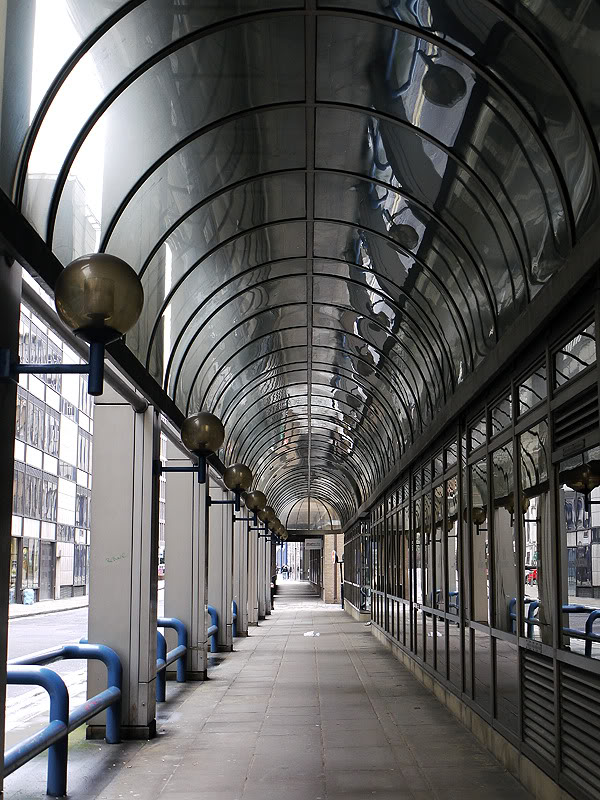
Just a short walk from Heron Tower, is 30 St Mary Axe aka the Swiss Re Building aka the Gherkin. The site was, from 1903, home to the Baltic Exchange Building, which was Grade II Heritage listed, and was considered one of the finest examples of Edwardian architecture in the world. In 1992, the building was heavily damaged by an IRA bombing. A lot of pieces of the building were put into storage but, after years of trying to negotiate though complex regulations, the owners gave up on rebuilding, the heritage listing was officially removed, and what was left of the building, including its famous trading hall, was dismantled piece by piece and put into storage. An Estonian businessman bought the pieces a few years back and the building is going to be rebuilt, piece by piece, in Tallinn.
The Gherkin itself opened in 2004 and was widely considered as the best example of modern architecture that year. It is currently the 6th tallest building in London.





122 Leadenhall Street is currently a blank development site. The old building there, from 1969, was demolished in 2008, to make place for 225 metre ”Cheese Grater”, an unusual, wedge-shaped tower. With the onset of the global financial crisis, construction was put on hold. In the background is the Lloyd’s building.


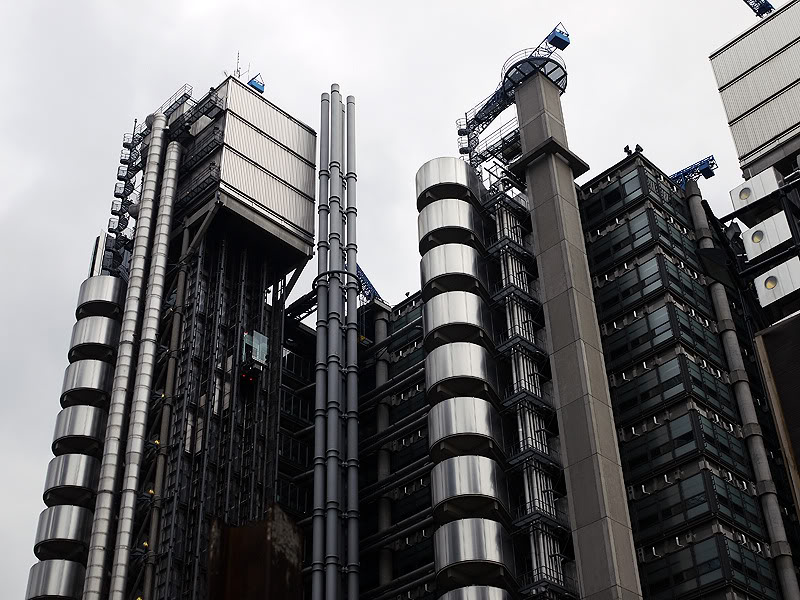





This site was originally home to the mighty East India Company. It was one of the most powerful corporations in the world during the British Empire’s peak, and had a monopoly on trade with India. It was the company’s armies that became the armies of British India and the company played a pivotal role in converting the language of the region from Persian to English.
The Lloyd’s building which now stands on the site was completed between 1978 and 1986. The building was innovative in having its services such as staircases, lifts, electrical power conduits and water pipes on the outside, leaving an uncluttered space inside. The twelve glass lifts were the first of their kind in the UK.


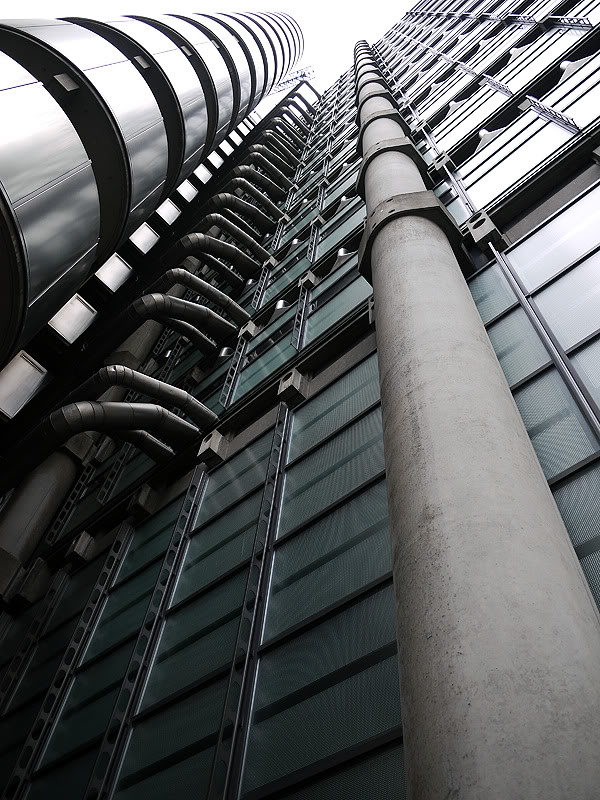







The Leadenhall Market dates back to the 14th century. It was closed today but in any case apart from the beautiful and ornate architecture, the market retailers are a mixture of clothing and food chains, the same ones which are found all over London. Nothing inspiring and the use of the word market is rather misleading.




After I saw all the buildings that I had aimed to see, I just wandered around Fenchurch Street and headed to Aldagte, on the eastern border of the city.










I thought this was funny, those who aren’t aware of 90s Australian pop music will probably be scratching their heads.








It is quite amazing that only a stone’s throw away from some of the most amazing buildings and headquarters of some of the most influential companies in the world, lie dirty back streets and council flats. This is in Aldgate, right on the border of the City and Tower Hamlets, officially becoming ”East London”. Inevitably, signs of change are evident here though. There are several empty sites where new office developments and apartment complexes are going up. It is surprising that, given its proximity to the city, this part of London has not been cleaned up and become expensive sooner.


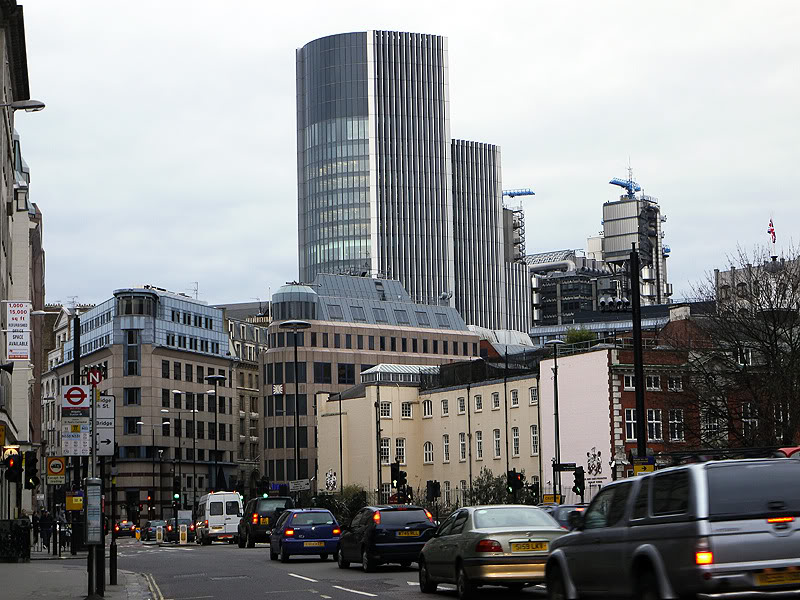



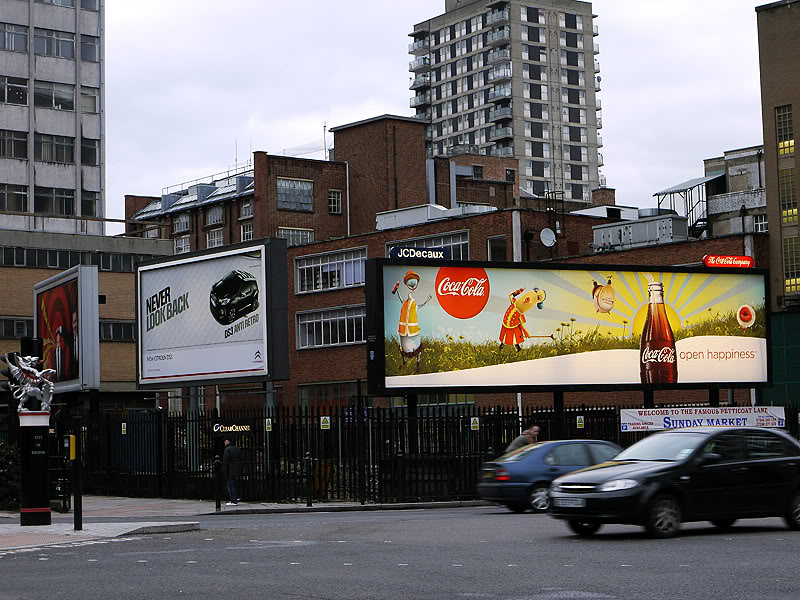






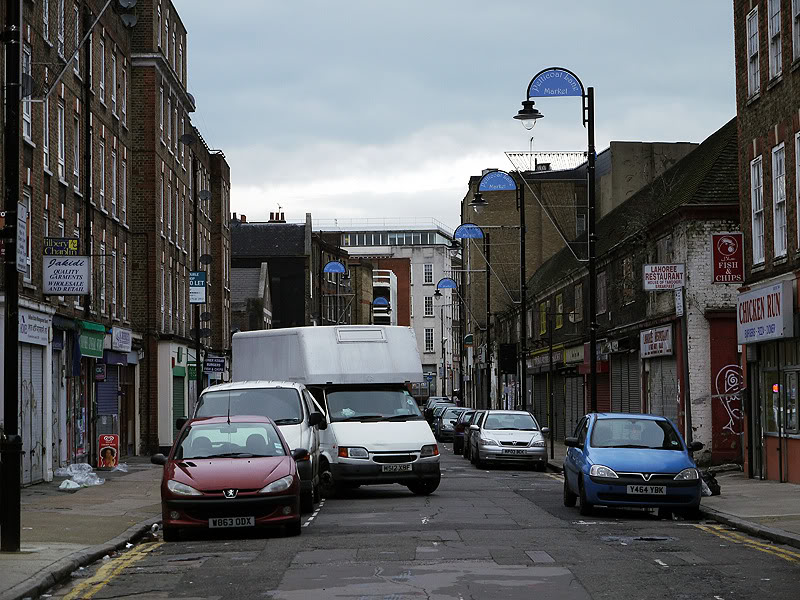

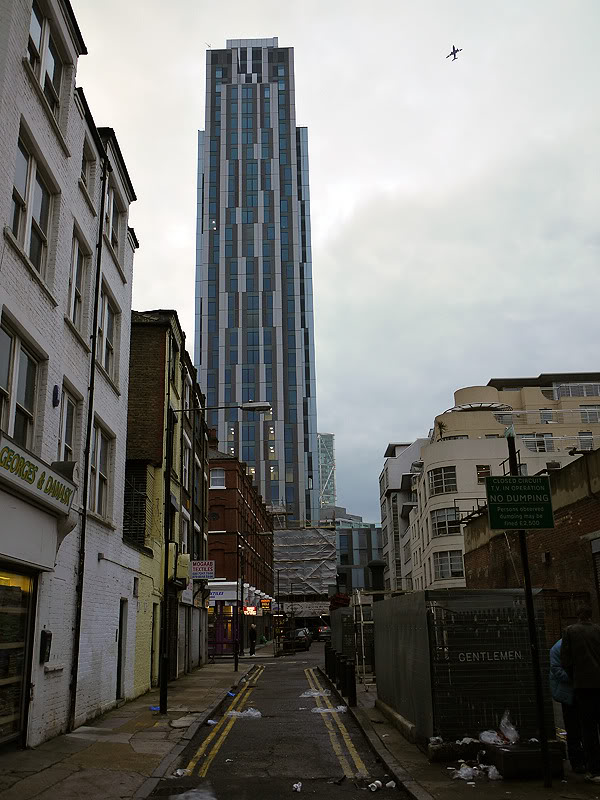
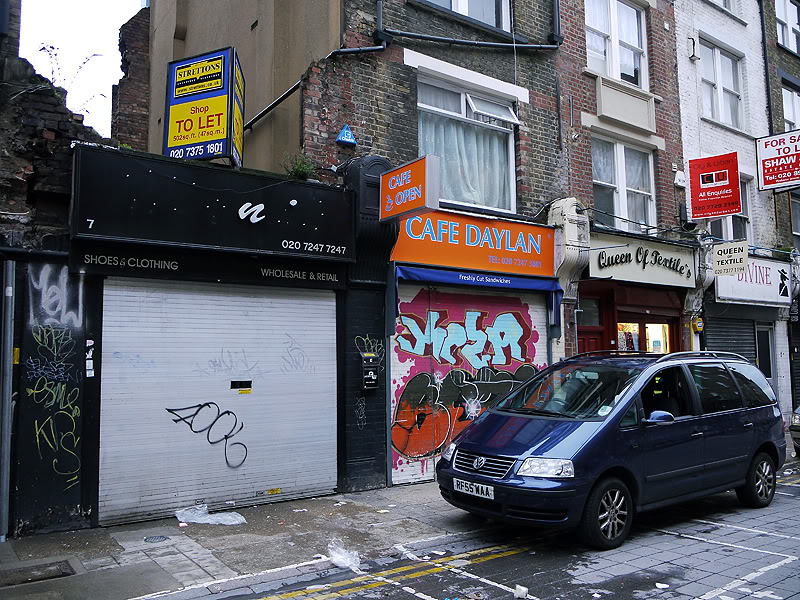







The Romans built a wall around Roman London. The name is derived from Ale-gate, literally open to all, because, unlike at all other city entrances, no tolls were exacted at this gate.
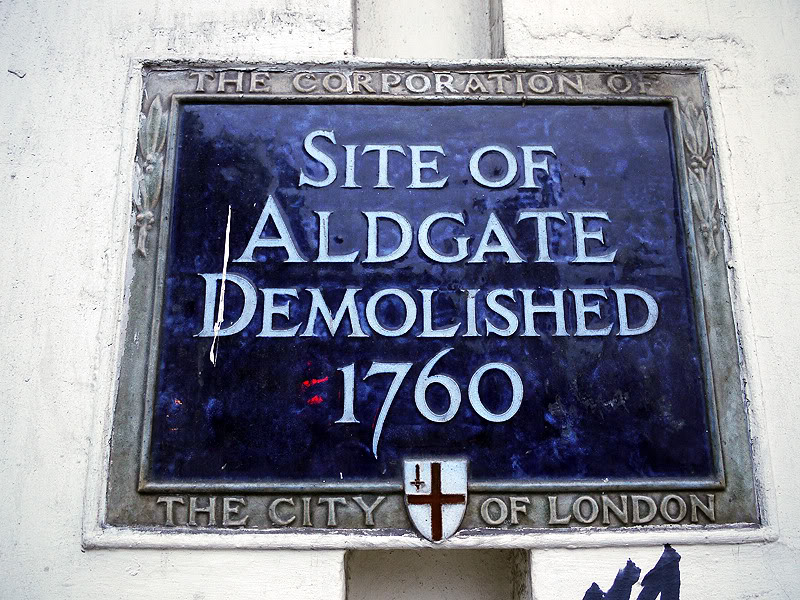

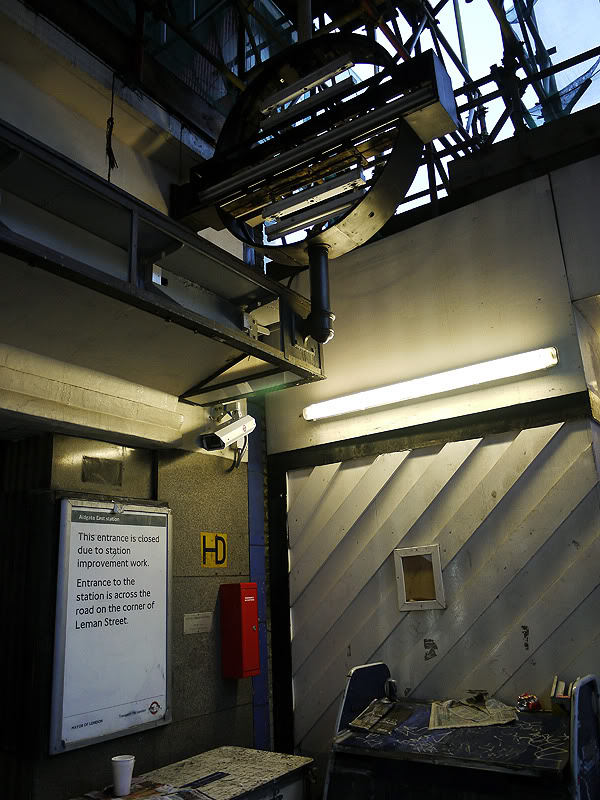



Having walked up Whitechapel road, we come to Brick Lane. I have already discussed this area in one of my earlier blog posts, but will use this opportunity to show the area at night, as well as focus on some of the street art (and not so artistic graffiti) in the area.


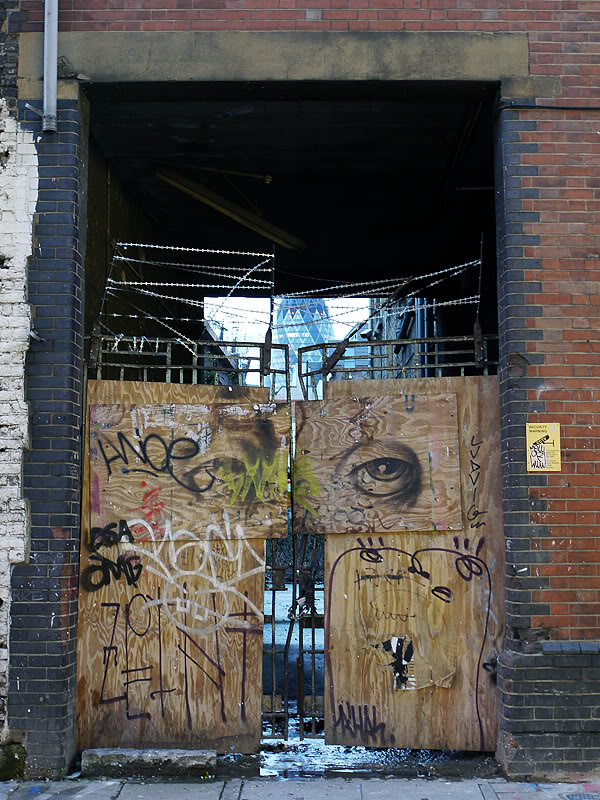



This place has a reputation for having the best Pakistani sweets in London. I can’t say that I disagree. Lots of sweet, colourful, syrupy goodness to be had.



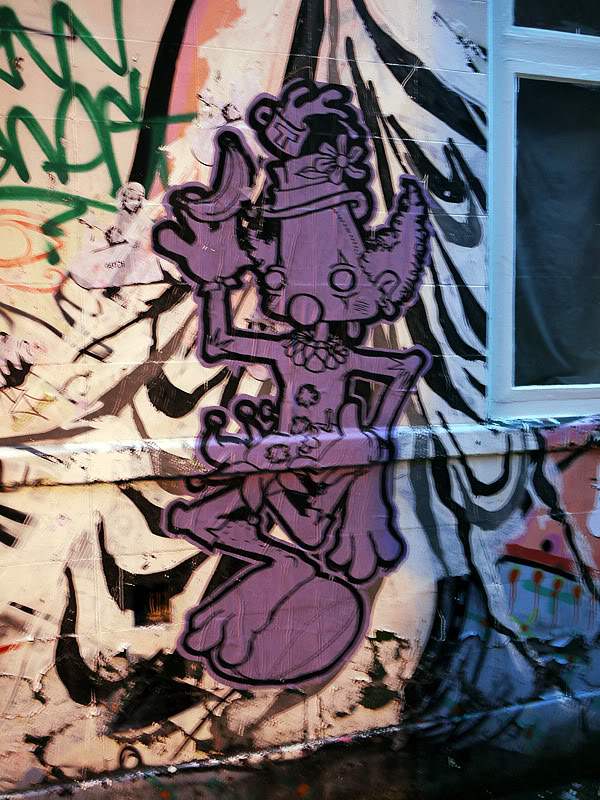




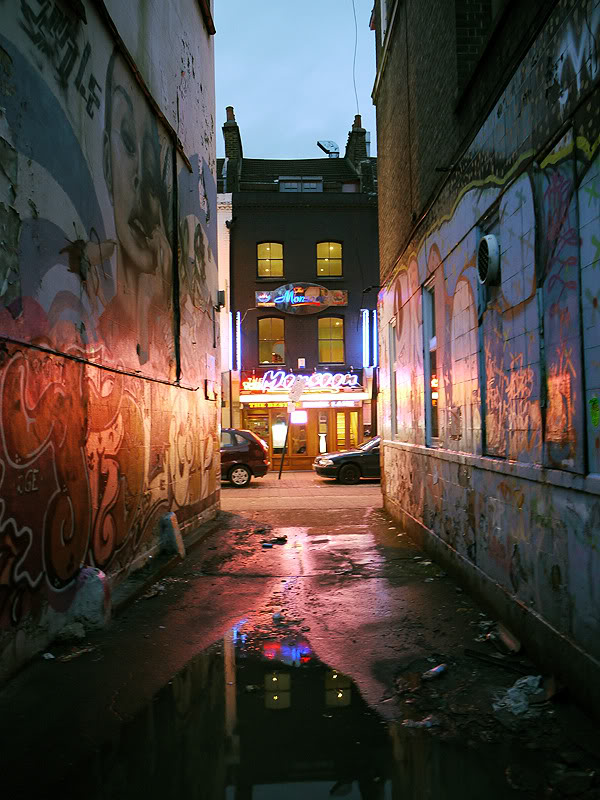


Mr. Katz came back to find what was once a Jewish neighbourhood somewhat changed.

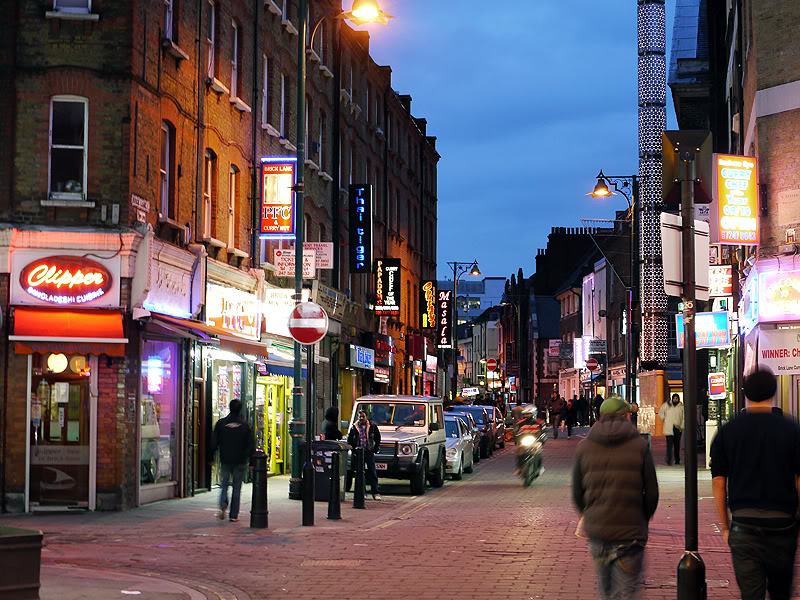

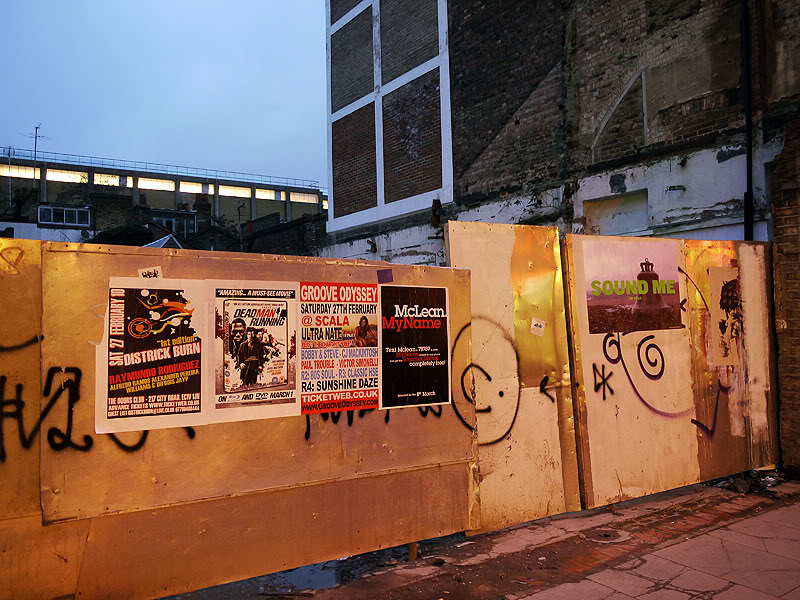
The Sunday Up Market sells a variety of food, clothes and the like. It has a good vibe, but I’m not convinced about the food. The Asian selection is the usual beef and black bean, sweet and sour etc. Even though I don’t know much about some of the other foods there, if the Asian food is unauthentic, I would suggest that the other food is too. In any case, it’s packed and people are enjoying themselves and that’s all that matters – just don’t ask me to eat there!








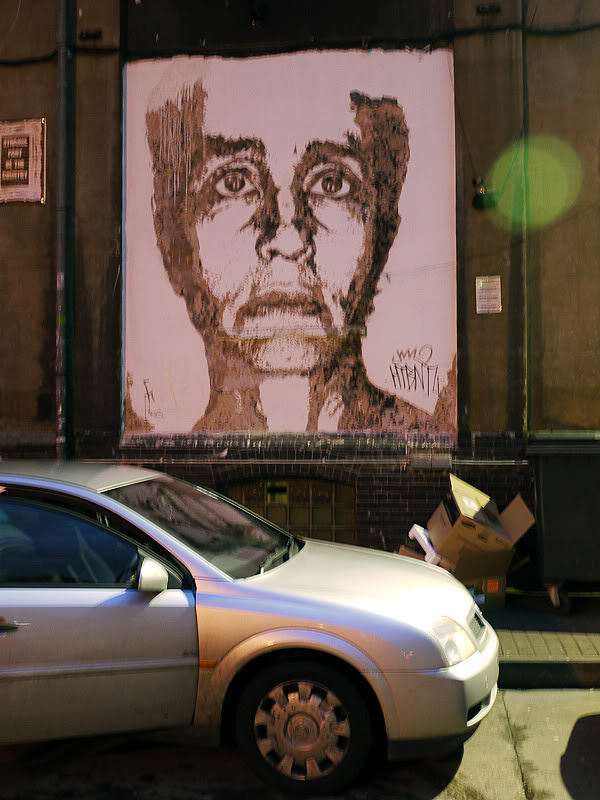






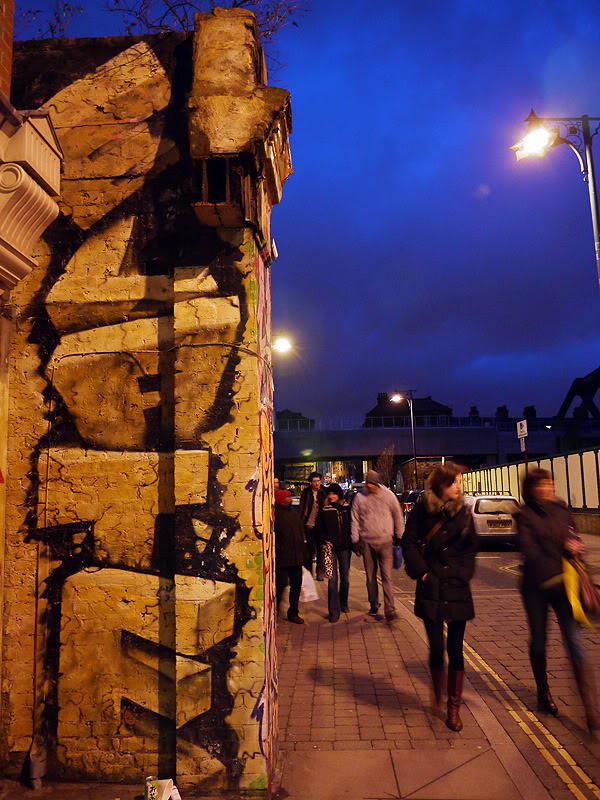













This place is practically an institution. The food is cheap, there is some good variety, it tastes great, and is open 24 hours. What more could one want? Plain Beigel with cream cheese for 90p – can’t go wrong.


